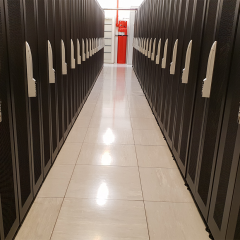Exchange – 4.5.1. 4.4.0 Primary Target 4.2.1 unable to connect to alternative host
KB ID 0000790 Problem My colleague Allen was doing an Exchange 2003 to 2010 migration today, and things were not going well, mail refused to flow from the Exchange 2003 server to the Exchange 2010 server (it flowed from 2010 to 2003 without error). During migrations that’s not unusual, and removing and recreating the routing groups usually fixes it, but he had done that. Mail was sat on the Exchange 2003 Server outbound queues on the...
Cisco ASA 5500 – VPN Works in One Direction
KB ID 0000759 Problem The title of this article can cover a multitude of possible causes, however I recently had a strange problem where a client with a remote site protected by an ASA5505 had a VPN tunnel connected to their main site which had an ASA5510. The tunnel established at phase 1, and phase 2, the main site could talk to the remote site, but the remote site refused to talk back to the main site. Update 23/04/19: Seen again...


